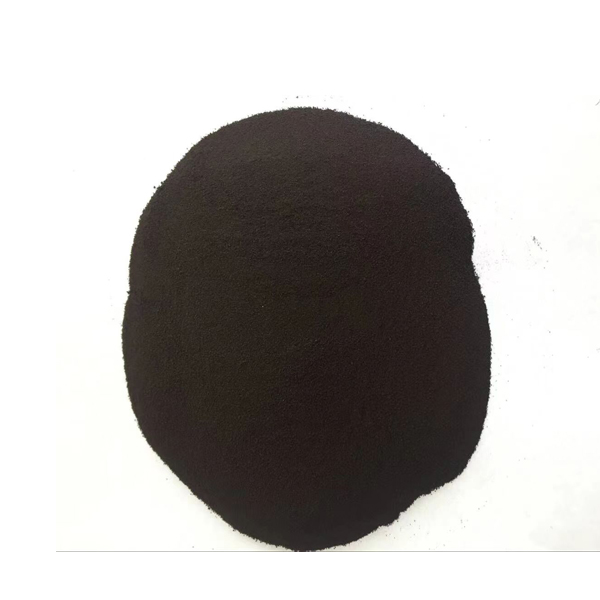
News
Dec . 04, 2024 06:44 Back to list
Exploring the Properties of Amino Acid Polymers and Their Monomer Components in Biochemistry
Amino Acid Polymers and Monomers The Building Blocks of Life
Amino acids are the vital organic compounds that serve as the fundamental building blocks of proteins. Through the process of polymerization, these monomers link together to form long chains known as peptides or proteins, which are essential for numerous biological functions in living organisms. Understanding amino acid polymers and monomers is crucial for various scientific fields, including biochemistry, genetics, and biotechnology.
The Structure of Amino Acids
Amino acids share a common structure that consists of an amino group (-NH2), a carboxyl group (-COOH), a hydrogen atom, and a distinctive side chain (R group) that varies among different amino acids. This R group determines the unique properties and functions of each amino acid. There are 20 standard amino acids that humans and most other organisms use to build proteins, and they can be classified into two categories essential and non-essential amino acids. Essential amino acids must be obtained through the diet, while non-essential amino acids can be synthesized by the body.
The Process of Polymerization
To form proteins, amino acids undergo a process called polymerization, where individual amino acids are linked together through peptide bonds. A peptide bond is formed when the carboxyl group of one amino acid reacts with the amino group of another, releasing a molecule of water in a condensation reaction. This process can be repeated multiple times, resulting in the formation of polypeptides—long chains of amino acids that fold into specific three-dimensional structures to become functional proteins.
Polypeptides can vary significantly in length, ranging from just a few amino acids to thousands. The sequence of amino acids in a polypeptide is determined by the genetic code, specifically the arrangement of nucleotides in DNA. This sequence ultimately dictates the protein's structure and function, underscoring the importance of amino acid monomers in biological systems.
The Function of Amino Acid Polymers
amino acid polymer or monomer

Proteins, the end products of amino acid polymerization, play an array of roles in living organisms. They serve as enzymes, which catalyze chemical reactions, as structural components in cells and tissues, as signaling molecules that communicate between different parts of the body, and as antibodies that protect against pathogens. Furthermore, proteins are crucial for muscle contraction, transport of molecules across cell membranes, and participation in metabolic pathways.
The specific arrangement of amino acids in a protein influences its shape andFunction. For instance, the relative hydrophobicity or hydrophilicity of the amino acids will determine how the protein folds and interacts with other molecules. Misfolded proteins can lead to diseases such as Alzheimer’s, Parkinson’s, and various types of cancer, highlighting the importance of proper amino acid sequencing and polymerization.
Biotechnology and Amino Acids
The study of amino acids and their polymers has significant implications in biotechnology and medicine. Scientists can artificially synthesize specific peptides and proteins through recombinant DNA technology or chemical synthesis. This capability allows for the production of therapeutic proteins, vaccines, and engineered enzymes with applications in medicine, food technology, and environmental science.
Additionally, researchers are exploring the use of amino acid polymers in drug delivery systems, tissue engineering, and regenerative medicine. For example, polymers made from specific amino acids can be designed to mimic natural tissues or to release drugs in response to biological signals, making them promising candidates for innovative medical treatments.
Conclusion
Amino acid monomers and their polymer counterparts are at the heart of the biochemical processes that sustain life. Their unique structures and the diverse ways they can combine to form proteins underline their significance in biological functions and applications in biotechnology. As research continues to unveil the complexities of amino acids, we move closer to unlocking new possibilities in medicine, bioengineering, and beyond. Understanding these building blocks not only enhances our knowledge of life itself but also provides the tools to develop new therapies and technologies that could improve human health and well-being.
-
Polyaspartic Acid Salts in Agricultural Fertilizers: A Sustainable Solution
NewsJul.21,2025
-
OEM Chelating Agent Preservative Supplier & Manufacturer High-Quality Customized Solutions
NewsJul.08,2025
-
OEM Potassium Chelating Agent Manufacturer - Custom Potassium Oxalate & Citrate Solutions
NewsJul.08,2025
-
OEM Pentasodium DTPA Chelating Agent Supplier & Manufacturer High Purity & Cost-Effective Solutions
NewsJul.08,2025
-
High-Efficiency Chelated Trace Elements Fertilizer Bulk Supplier & Manufacturer Quotes
NewsJul.07,2025
-
High Quality K Formation for a Chelating Agent – Reliable Manufacturer & Supplier
NewsJul.07,2025
